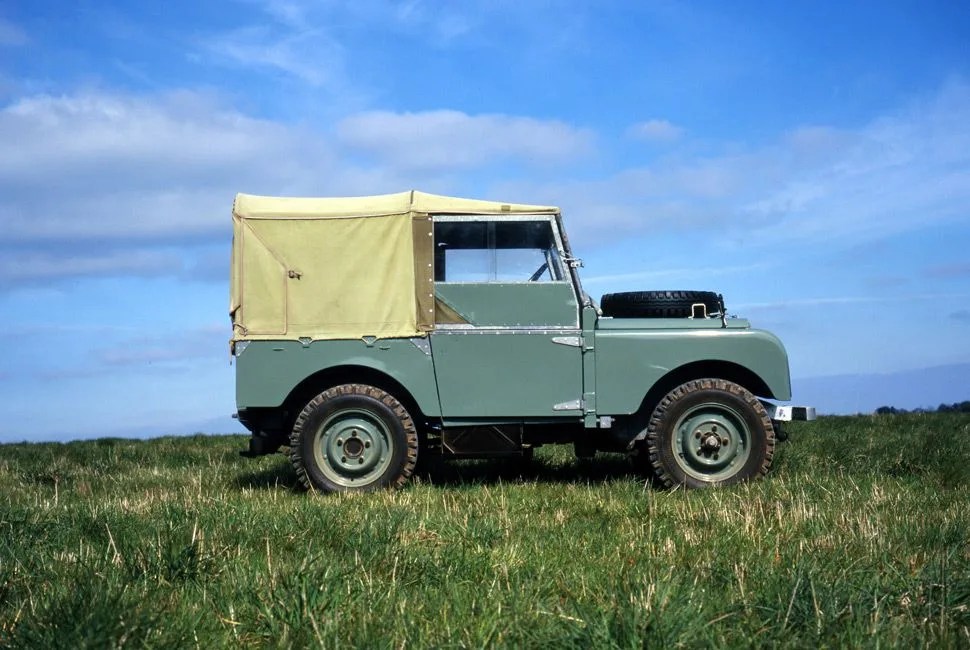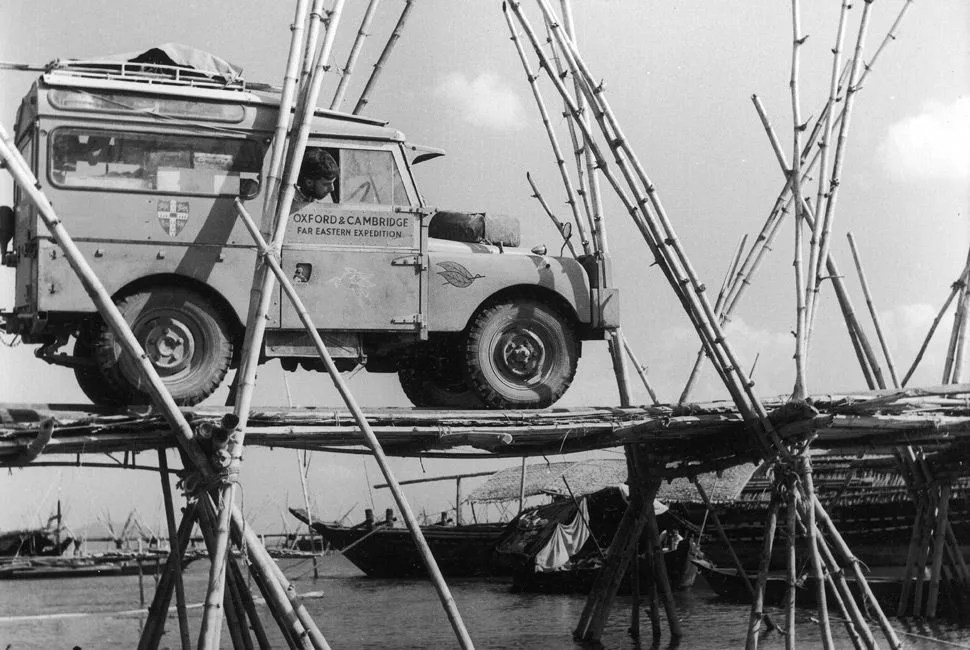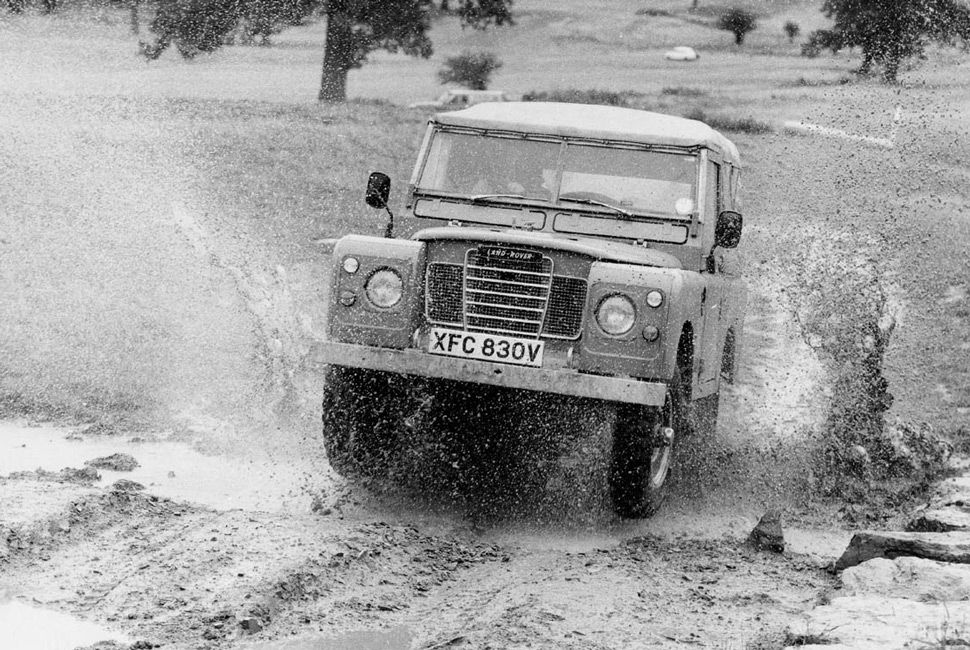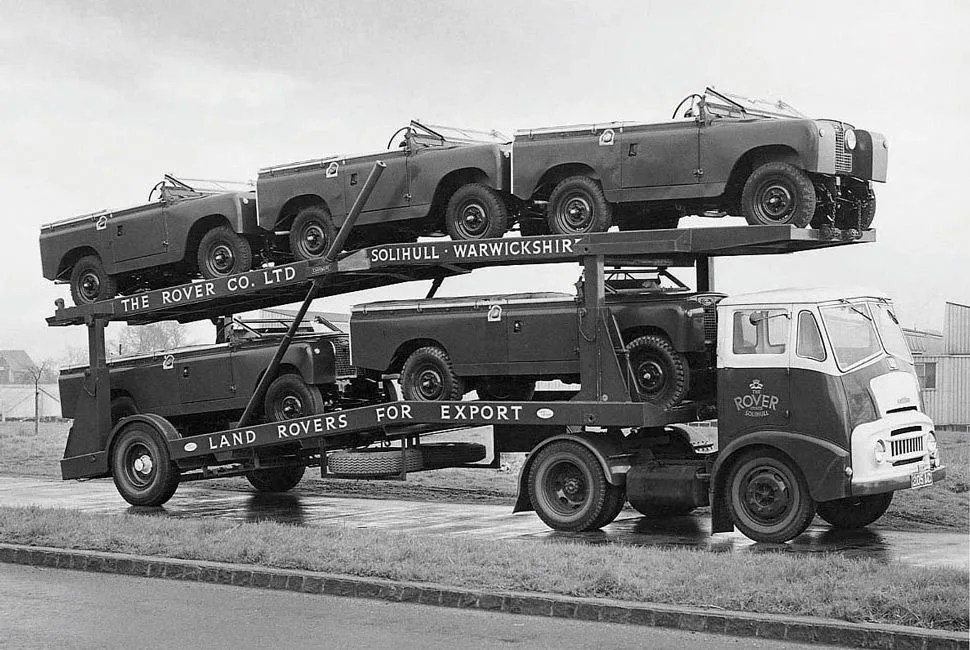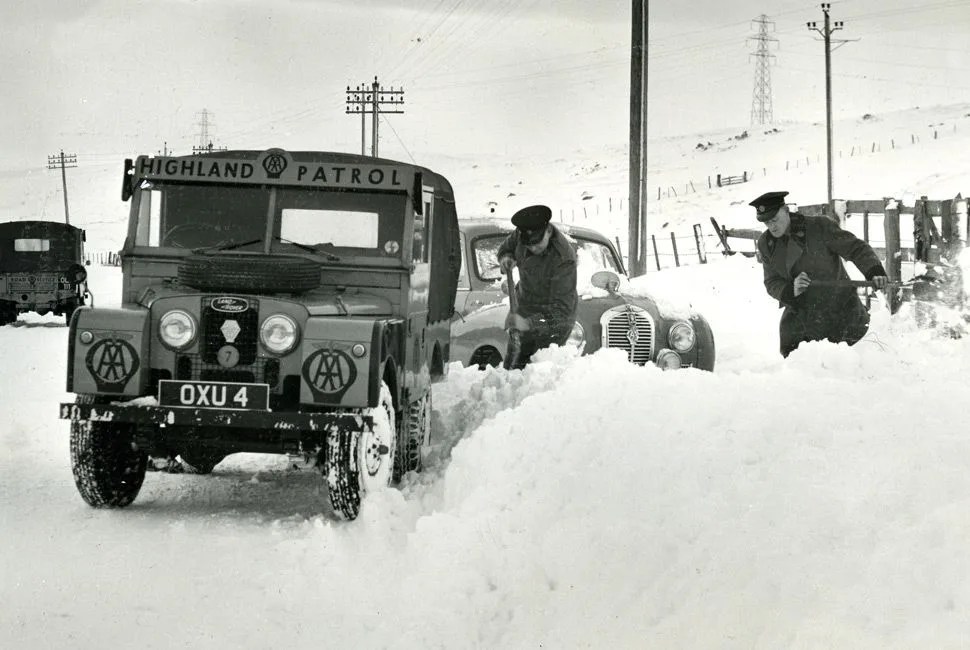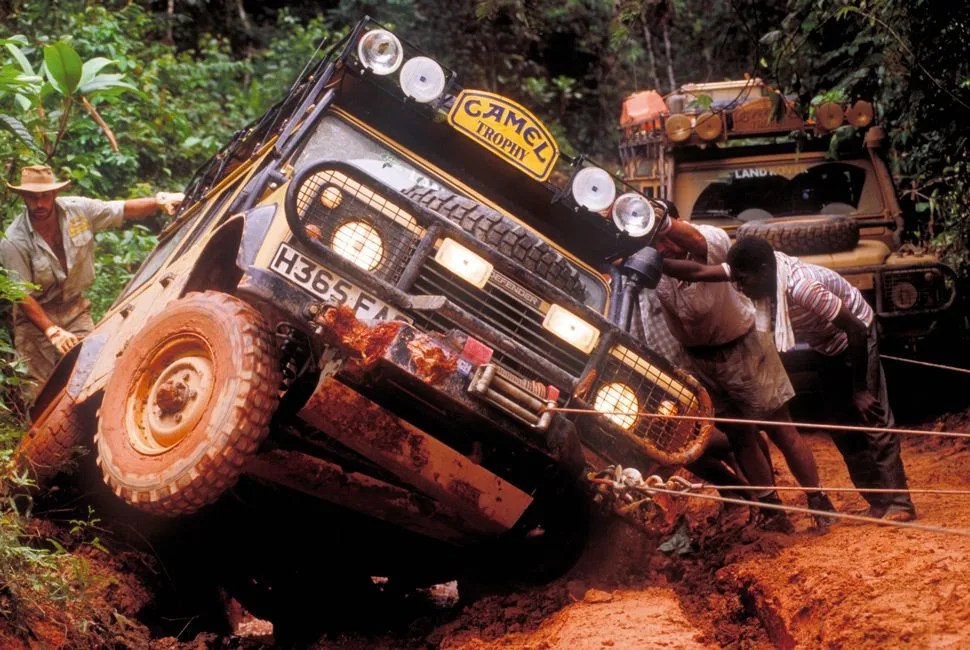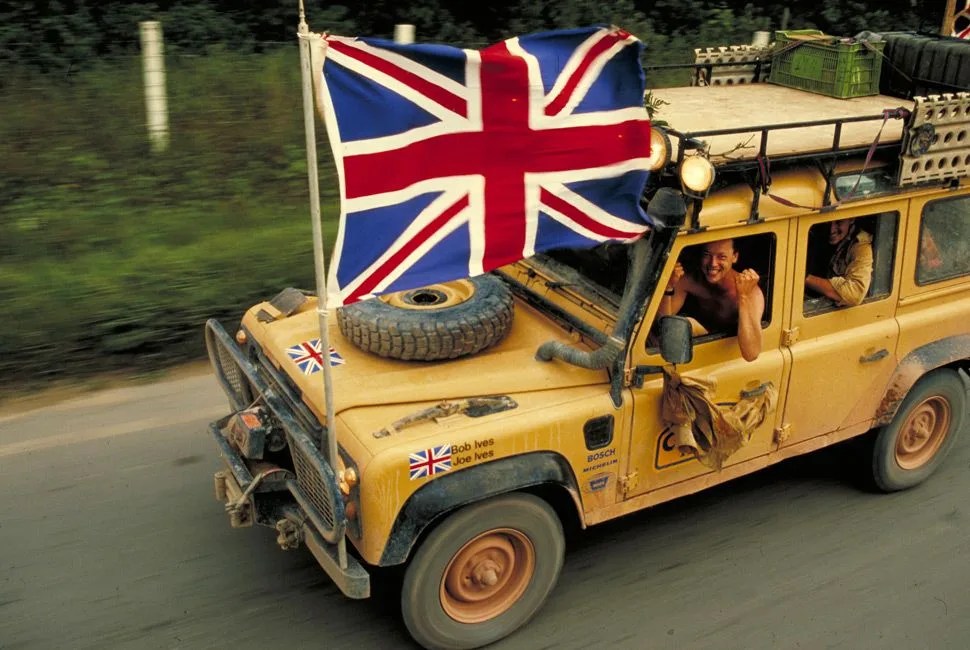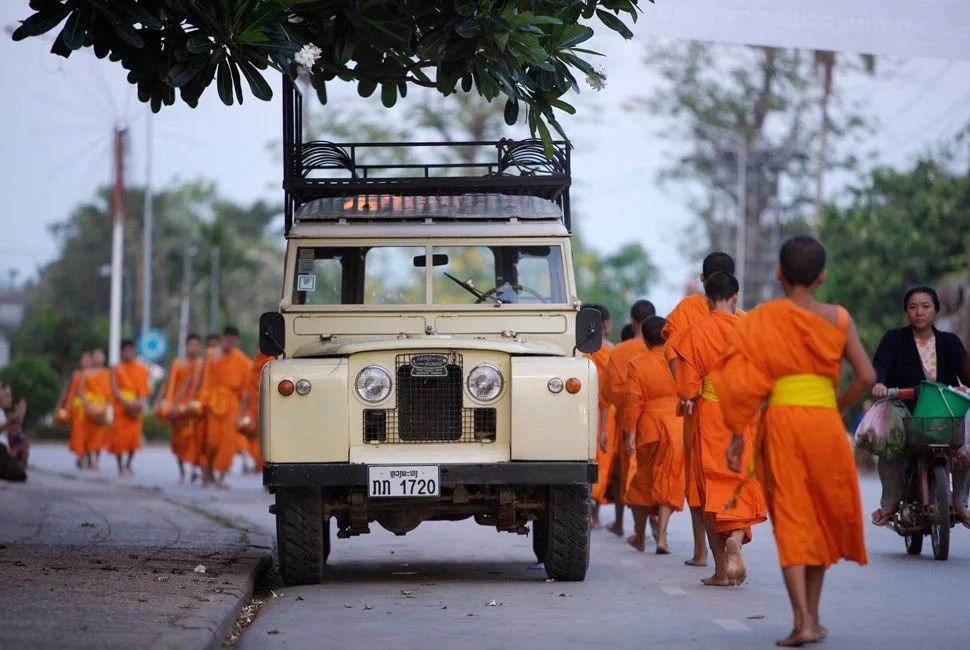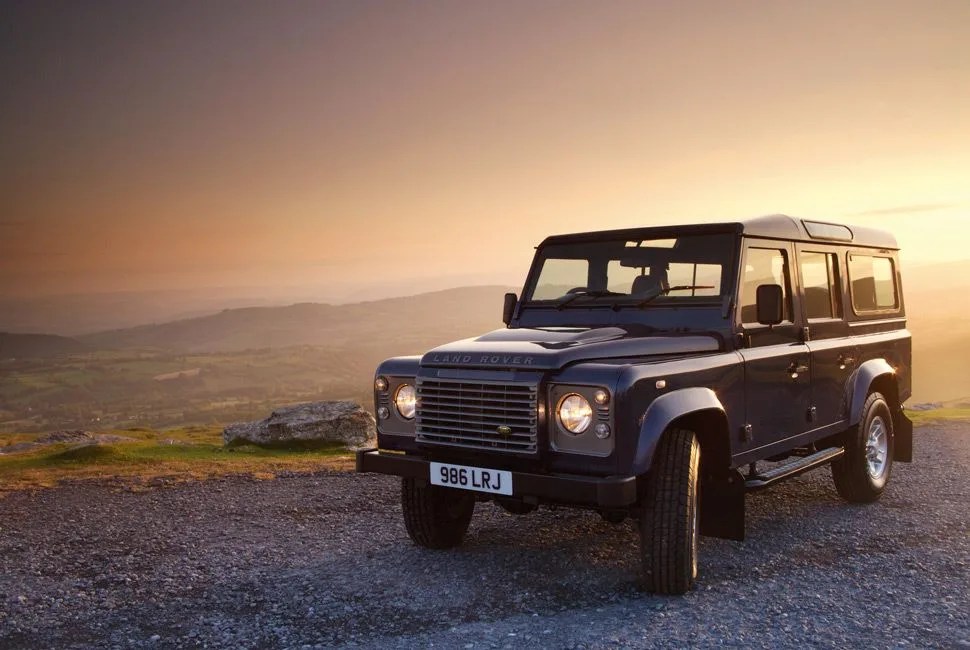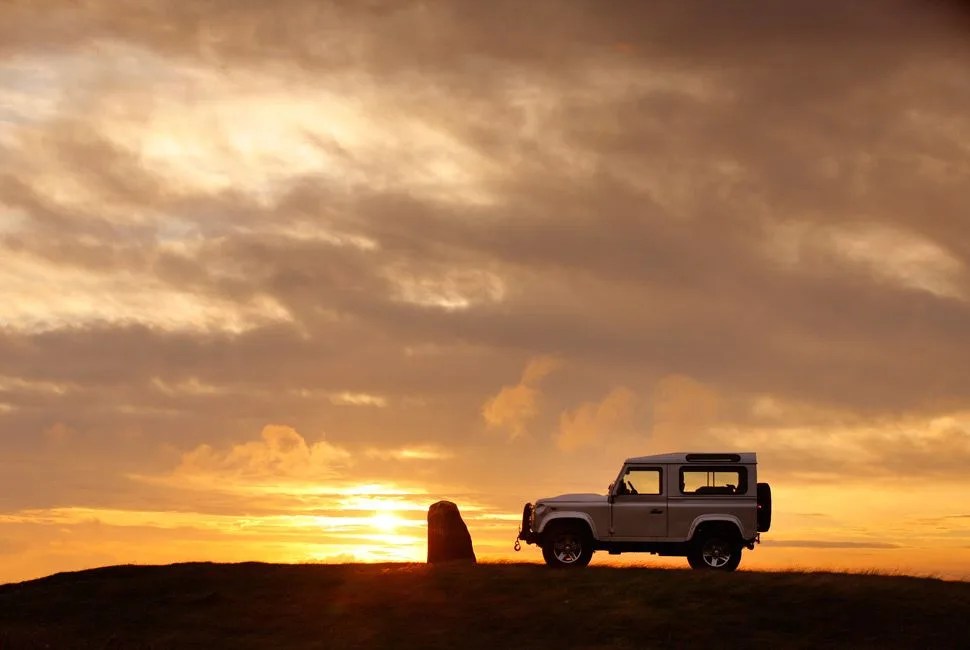In the spring of 1947 Maurice Wilks sketched out his vision for the perfect all-terrain vehicle — in the sand at Red Wharf Bay on the east coast of the Isle of Anglesey. Mere months later, using a combination of a Willys Jeep chassis, a 50 horsepower engine from Rover and raw material allocated by the British government, Wilks had built his first prototype. Dubbed “Centre Steer,” it was a rounded, dignified take on the go-anywhere, do-anything, ubiquitous Jeep, and it would eventually become the first production Land Rover.
The stakes were seemingly high: Britain, ravished both physically and financially by WWII, was in need of a vehicle that could both act as a suitable workhorse for the country’s agricultural and commercial efforts, and act as a desirable export to bring a steady cashflow to the country. The production Land Rover that debuted in 1948 was intended as a stopgap; a temporary source of income that would keep the factory active until the suffering consumer car market was back up and running. Instead it continued production for another 68 years.
The Land Rover became a sensation overnight. Britain’s military ordered over 1,800 vehicles in 1949; the RAF and Royal Navy placed their own orders in 1950. Meanwhile, the Land Rover was quickly becoming a favorite among farmers and civilians. Rover’s Solihull factory — which was churning out 500 vehicles a week — initially couldn’t keep up with production demands.
It was also in those early years the Land Rover proved itself to be the original adventure-mobile. In 1949, just a year into its production, explorer Colonel LeBlanc drove his Land Rover from England to what is now Ethiopia, arguably inventing the automotive overland expedition. Two years later, British motoring magazine Autocar dispatched a Land Rover on a 6,000-mile journey from Calcutta to Calais, citing a single tire puncture as the only mechanical issue they dealt with in the entirety of their voyage.
The Land Rover’s most significant expedition occurred in 1955, when six students from Cambridge and Oxford drove two Land Rover Series I wagons from London to Singapore and back to London — a 32,000-mile voyage previously thought impossible. Incredibly, the expedition was completed with minimal off-road modifications: only winches, long-range fuel tanks, spotlights and jerry cans were added.
17 photos

